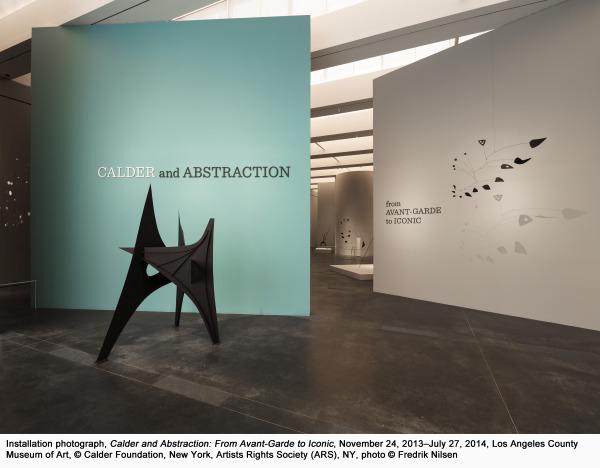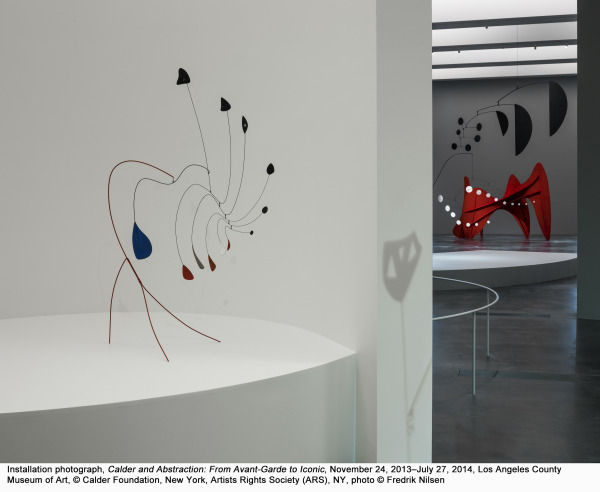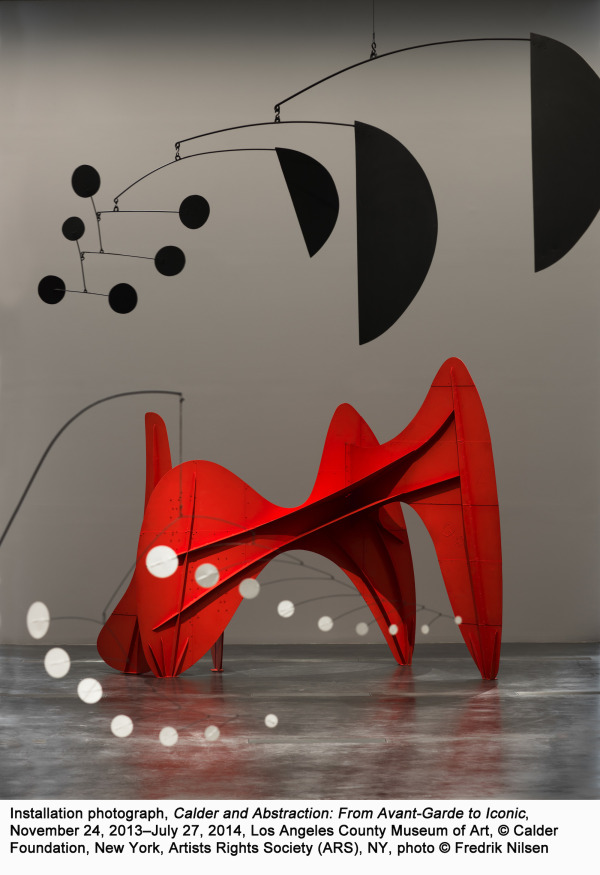People are often surprised to hear that a large-scale exhibition usually takes between two to five years to organize: years filled with a myriad of administrative and creative tasks, including negotiating loans, producing the catalogue, developing the installation design, and constructing and installing the exhibition. Our work culminates in the moment when we find ourselves alone in a finished exhibition: everything is perfectly in its place, the walls and pedestals are pristine, and, if all went as planned, the exhibition looks like what you had imagined.
It is difficult to aptly articulate that feeling when you realize that your work has finally manifested into a tangible reality. I remember the first time I experienced it: walking together through Ken Price Sculpture: A Retrospective before its opening, when it was still an immaculate exhibition space, senior curator and department head of Modern Art Stephanie Barron advised me to savor this precious time when the show is flawless and entirely your own. There is truly an incomparable magic in the air, almost like being the first person to explore an uninhabited island (even though you helped build that island and have been basically living there for the past month!). Stephanie confessed that this is the best part about being a curator, and I couldn’t agree more.
Being alone in Calder and Abstraction: From Avant-Garde to Iconic, I was again awestruck and very proud of what the LACMA, Gehry Partners, and the Calder Foundation teams had accomplished; the exhibition turned out to be exactly how Stephanie and Frank envisioned it during the months in which we pored over the model and tweaked the design.
Since exhibitions close after a few months, we always consider how to effectively represent the exhibition for the public and archival purposes. How can we capture the experience and emotional response that curators have in the completed space? We started by commissioning the Los Angeles–based photographer Fredrik Nilsen to photograph the exhibition before its opening. I spent two days with Fredrik, his assistant Colin Bloomfield, and expert art handler Matt Castle documenting the installation. Guided by Frank’s design of singular and intimate moments mixed with long views of monumental works drawing us through the exhibition, we tested every angle and were continually surprised by how each perspective unveiled new aspects of Calder’s genius and ability to imbue his sculptures with a palpable vitality; the works truly have a life of their own.
While taking the photograph above, we had been shifting around quite a bit trying to find the best angle, but nothing had really clicked. All of a sudden we all froze as a shadow of Black Mobile with Hole appeared on the white wall next to La Demoiselle. We then sprang into action to photograph it, hoping to capture for the public the unexpected accidents that make Calder’s work so compelling. That moment of surprise elucidated what Jean-Paul Sartre so aptly described in his 1946 essay on Calder: “His mobiles are at once . . . the tangible symbol of . . . that great, vague Nature that squanders pollen and suddenly causes a thousand butterflies to take wing, that Nature of which we shall never know whether it is the blind sequence of causes and effects or the timid, endlessly deferred, rumpled and ruffled unfolding of an Idea.”
During the shoot, we were thinking, in the back of our minds, about the photograph that we would choose to reproduce into a 20-foot photomural to be placed on the wall facing Sixth Street and Levitated Mass. In the last hours of the shoot, Fredrik switched to his Hasselblad camera. He turned and photographed Laocöon, La Grande vitesse, and Three Segments. He then looked at me, smiled, and said, “I think we got it. That’s our shot.” If you drive past LACMA on Sixth Street, I think you’ll agree that he was completely right.
Our hope is that these photographs not only accurately document the exhibition but, more importantly, encapsulate the exuberance and elegance in Calder’s sculpture and Stephanie and Frank’s unique approach. Perhaps the images will reveal how we felt walking through the completed exhibition for the first time.
Lauren Bergman, Assistant Curator, Modern Art







